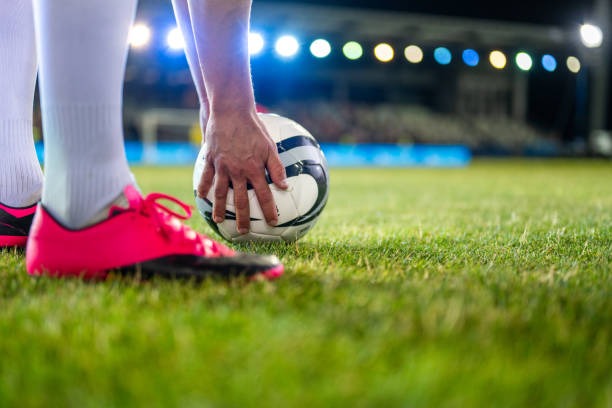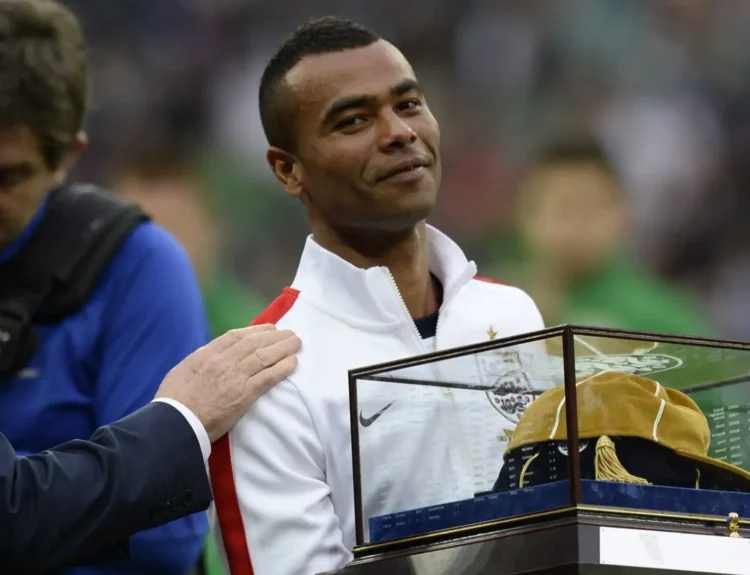Introduction
In the world of sports, injuries are an unfortunate yet inevitable part of an athlete’s journey. While some injuries end careers, others become stories of resilience and extraordinary comebacks. These famous sports injuries not only highlight the physical toll of professional competition but also showcase the determination and spirit of recovery that define great athletes.
Paul George – Compound Leg Fracture
In 2014, NBA star Paul George suffered a horrific compound fracture of his right leg during a Team USA scrimmage. The injury, which occurred when he landed awkwardly after contesting a shot, was a career-threatening event. George underwent immediate surgery and began a rigorous rehabilitation process. Less than a year later, he returned to the NBA, eventually regaining All-Star form. His comeback demonstrated the importance of mental fortitude and medical excellence in sports recovery.
Alex Smith – Spiral Leg Fracture and Infection
NFL quarterback Alex Smith endured one of the most devastating injuries in football history in 2018—a compound fracture in his tibia and fibula. The injury became life-threatening after he developed a severe infection, requiring 17 surgeries and nearly leading to amputation. After two years of recovery and intense rehabilitation, Smith made a remarkable return to the NFL, earning the league’s Comeback Player of the Year in 2020. His journey inspired many and highlighted the critical role of perseverance and medical support in recovery.
Tiger Woods – Multiple Back Surgeries
Golf legend Tiger Woods has battled numerous injuries throughout his career, including chronic back issues that led to multiple surgeries, including spinal fusion in 2017. At one point, many believed he would never compete again at a high level. However, through dedicated physical therapy and adjustments to his game, Woods made a triumphant return to win the 2019 Masters Tournament, proving that recovery is possible even after years of setbacks.
Bethany Hamilton – Shark Attack and Arm Amputation
Professional surfer Bethany Hamilton lost her left arm in a shark attack in 2003 at the age of 13. Despite this life-altering injury, she returned to competitive surfing just one month later. With custom modifications to her board and unwavering mental strength, Hamilton went on to achieve numerous titles in professional surfing. Her story stands as a testament to human resilience and adaptability in the face of adversity.
Peyton Manning – Neck Surgery and Career Revival
In 2011, NFL quarterback Peyton Manning underwent a cervical spine fusion surgery that forced him to miss an entire season and cast doubt on his career. Released by the Indianapolis Colts, Manning signed with the Denver Broncos and reinvented his playing style to accommodate his physical limitations. He went on to win another MVP award and a Super Bowl, showcasing how athletes can adjust their approach and still succeed after major injury.
Monica Seles – Stabbing Incident
In 1993, tennis star Monica Seles was stabbed in the back by a spectator during a match. The physical wound healed relatively quickly, but the psychological impact kept her away from tennis for over two years. Despite never fully regaining her previous dominance, Seles made a successful return to professional tennis and won additional titles. Her experience underscored the importance of mental recovery alongside physical healing.
Derrick Rose – ACL Tear
In 2012, Derrick Rose, then the youngest MVP in NBA history, tore his ACL during the playoffs. The injury marked the beginning of a long series of knee issues that derailed his rapid ascent. However, through perseverance and continued adaptation, Rose reinvented himself as a valuable contributor and fan favorite, proving that even with recurring setbacks, an athlete can continue to thrive.
Recovery: A Multi-Dimensional Journey
The road to recovery from a major sports injury involves more than just surgery or physical therapy. It includes mental resilience, lifestyle changes, support systems, and professional medical care. Advances in sports science and rehabilitation techniques have made it possible for athletes to recover more fully and return to peak performance.
Conclusion
Famous sports injuries offer more than cautionary tales—they are powerful stories of resilience, innovation, and hope. These athletes’ journeys remind us that while injury may halt progress temporarily, it doesn’t have to define a career. With the right combination of treatment, determination, and support, even the most severe injuries can be overcome.








